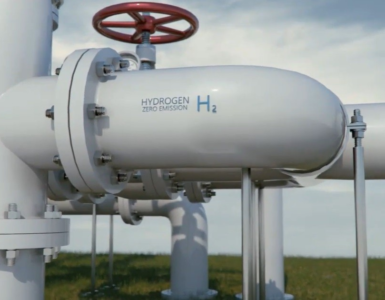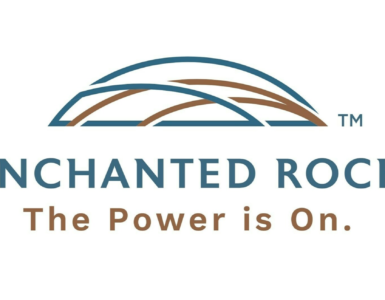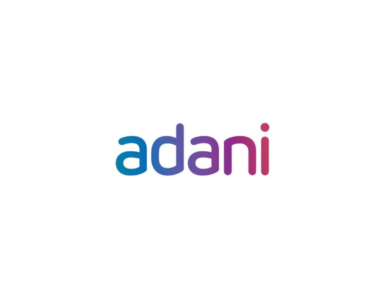Hydrogen blending in gas pipelines faces limits due to leakage – US DOE lab – S&P Global.
Hydrogen’s tendency to increase pipeline leakage will limit the industry’s ability to blend the low-carbon fuel in natural gas transmission lines, according to research by the Argonne National Laboratory.
In Argonne’s modeling, blending 30% hydrogen by volume into gas pipelines yielded a relatively modest 6% decrease in lifecycle greenhouse gas emissions. A major factor in Argonne’s estimate was its finding that hydrogen blending at that level can double leakage from transmission lines.
The lifecycle benefits of pipeline blending came chiefly from the lower emissions tied to hydrogen production and end-use combustion. However, injecting hydrogen into pipelines led to higher transmission and distribution emissions and greater energy demand in compressor stations, largely wiping out the upstream and downstream benefits.
🔥 What about we co-host a webinar? Let's educate, captivate, and convert the hydrogen economy!
Hydrogen Central is the global go-to online magazine for the hydrogen economy, we can help you host impactful webinars that become a global reference on your topic and are an evergreen source of leads. Click here to request more details
Amgad Elgowainy, a senior scientist and distinguished fellow at Argonne, said during an Oct. 26 webinar:
This is largely because I am replacing a fossil molecule with a green molecule, but much of that is offset with the compression footprint and also the leakage.
The US Energy Department hosted the webinar to highlight findings from the first phase of its HyBlend initiative, which aims to remove barriers to transporting hydrogen in gas pipelines.
Can increase leakage
Emissions from gas transmission lines remain relatively unchanged when an operator introduces a 30% hydrogen blend without changing the pipeline’s flow rate, Elgowainy said. However, if the operator increases the flow rate to deliver the same amount of energy that a pure gas system can deliver, a 30% hydrogen blend increases transmission emissions by 100%, Argonne found.
Since hydrogen has one-third of the energy density of methane, pipeline operators must replace a standard cubic foot of gas with three standard cubic feet of hydrogen to deliver the same amount of energy to end users, Elgowainy said. That requires operators to increase pipeline flow rate and pressure by about 30% and 70%, respectively. It additionally requires a twofold increase in compression power, he said.
Argonne’s findings reflected other research that suggests increasing flow rates and pressure to carry hydrogen increases methane leak rates. In a future HyBlend phase, Argonne intends to study hydrogen’s potential to accelerate global warming through interaction with GHGs in the atmosphere.
Blending hydrogen will require pipeline operators to replace or modify parts of their systems to address mismatches between maximum allowable operating pressure (MAOP) in pipe segments carrying gas and hydrogen, said Kevin Topolski, a hydrogen infrastructure analyst at the National Renewable Energy Laboratory (NREL).
For its contribution to HyBlend, NREL developed a tool to help operators identify pipeline assets that look promising for blending, find segments that need modification and estimate the work’s cost.
Fixes for hydrogen blending
NREL identified three approaches to overcoming a key constraint to hydrogen blending: the changes in MAOP across segments of pipeline systems. Its modeling used the American Society of Mechanical Engineers’ standard for hydrogen piping, which includes MAOP guidance for lines carrying the gas.
One approach to addressing pipes with design characteristics insufficient for transporting hydrogen is to replace those segments with pipes of the same diameter but appropriate material grade and wall thickness. Operators following this approach may be able to work within existing rights-of-way and deliver energy in equivalent amounts to pure gas lines, Topolski said.
Two other approaches reduce system design pressure to a level consistent with the industry standard for hydrogen piping while increasing volumetric flow rate to meet the same end-use demand.
The first is pipeline looping, or installing pipes that operate parallel to existing segments that do not align with the hydrogen piping standard. The second approach is to add compressor stations between segments that do not match the standard. These approaches both incur additional right-of-way costs.
In a case study assuming 327 miles of the Alliance Pipeline LP carried a 20% hydrogen blend, NREL found that pipeline looping was the most cost-effective approach. Compared to direct pipe replacement, it required higher capital spending on compressors and more fuel expense. However, looping involved installing less pipe mileage. Adding compressors was substantially more expensive in this case.
NREL found that the capital and operating costs linked to modifying gas pipelines to carry hydrogen had a small overall impact on the delivered cost of energy.
Topolski ,said:
That “was a very interesting takeaway, one that we did not anticipate at the beginning of this project.
S&P Global Market Intelligence reporter Tom DiChristopher produces content for distribution on S&P Capital IQ Pro. S&P Global Market Intelligence is a division of S&P Global Inc.
READ the latest news shaping the hydrogen market at Hydrogen Central
Hydrogen blending in gas pipelines faces limits due to leakage – US DOE lab – S&P Global. source








